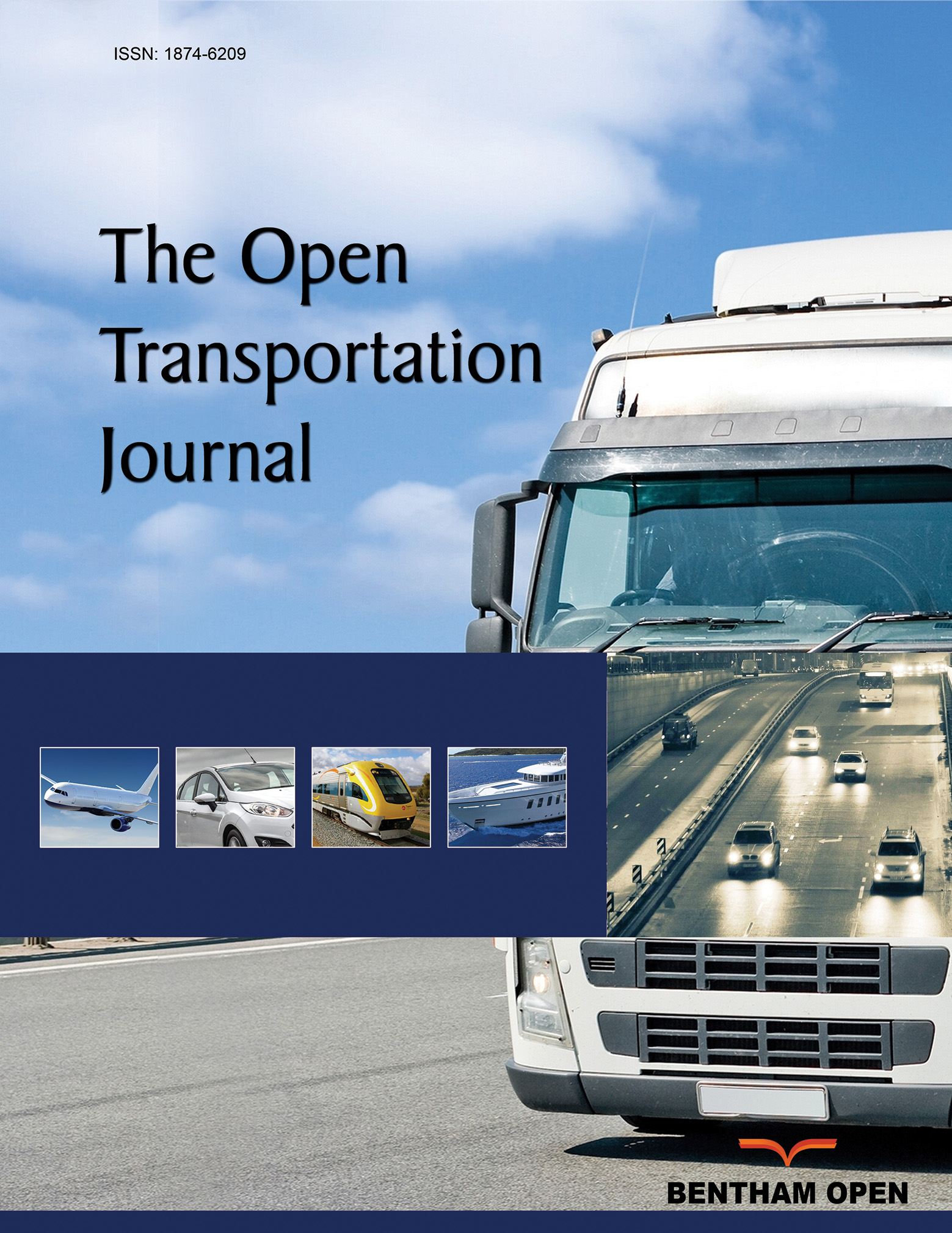All published articles of this journal are available on ScienceDirect.
Policies and Models for Efficient and Eco-sustainable Ports
Abstract
Introduction
The port system is one of the main sources of national and international trade; it is essential for the transfer of freight and people, but at the same time it is a critical site in relation to energy consumption and greenhouse gas emissions. For this reason, some management strategies are developed to optimize the freight terminal activities using innovative technologies to limit the negative environmental impacts.
Objective
This study focuses specifically on vehicle management on the landside of a container port and aims to evaluate the impacts and performance of the system, in which the traditional handling units are replaced by green and automated ones. The study is part of a framework of actions to be undertaken to pursue the target “to make a port more competitive and sustainable”.
Methods
This study deals with the assessment of the handling time, energy consumption, and gas emission deriving from the innovative vehicular technologies capable of making the port more competitive and sustainable. A modeling approach is used to understand the possible impacts generated by new technologies on port performance. The models have been calibrated on the basis of a large database carried out by a specific survey of port operators and specialized companies.
Results
A case study is proposed about the container port of Gioia Tauro (Italy), an important port in the center of the Mediterranean area in terms of transshipment. Some specific indicators are analyzed by quantitative models, such as energy consumption for efficiency and harmful gases for ecology, considering the current port configuration and some project scenarios in which green and automated handling units are used. The analysis has been performed using a spreadsheet, with automatic calculation. The input data related to the actual port configuration have been provided by the port management company; those related to the scenarios have been taken from specialized companies. Data included refer to the last 5 years.
Conclusion
The study highlights the advantages of green and automated handling means; the use of these solutions represents a fundamental step to making a port more competitive and sustainable. This research could stimulate policymakers and port managers towards innovative technological solutions to make a port more competitive and sustainable. The proposed approach can be applied and extended to other contexts.


